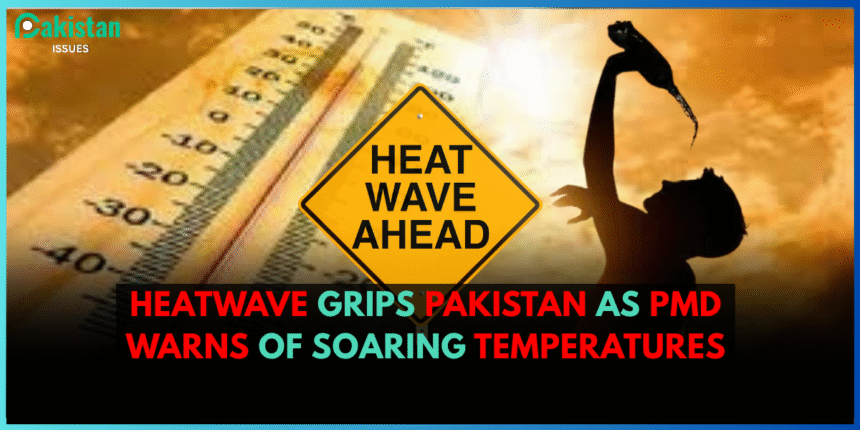ISLAMABAD: Temperatures are rising — and quickly. With large areas of Pakistan already baking under the summer sun, the Pakistan Meteorological Department (PMD) reported the following heatwave warnings regarding intensified heat in parts of Pakistan. The heatwave warning was issued on Tuesday, 2 May covering the majority of Punjab, Sindh, and parts of Balochistan where temperatures are expected to exceed 45°C in many districts. In cities such as Jacobabad, Nawabshah and Dadu, maximum recorded temperatures in some areas could reach near 48°C or higher.
“This is a serious weather development,” a senior PMD official told reporters. “We’re advising citizens not to underestimate the risk, particularly during mid-day hours.”
Public health departments in major cities have been put on high alert. Hospitals have begun prepping emergency response units for a potential influx of heatstroke patients. Several districts in south Punjab and interior Sindh have issued advisories recommending people avoid outdoor activities between 11am and 4pm.
In Karachi, while the sea breeze offers some cushion, humidity levels are expected to soar — raising the “real feel” of the temperature. Citizens have been urged to stay hydrated and limit unnecessary travel.
Schools in parts of Sindh and south Punjab may shift schedules or close early. The education departments are reportedly monitoring the situation closely.
Labourers, especially those working under open skies, remain among the most vulnerable. Rights groups have called for mid-day breaks and shaded rest areas to be made mandatory at worksites.
Environmentalists say this isn’t an isolated incident. “Every year, we’re seeing longer and harsher heatwaves. This is part of a wider climate pattern,” noted Dr. Saima Khalid, a climate researcher based in Lahore.
Local governments are scrambling to respond. Some municipalities are setting up water stations at bus stops and crowded areas, while community health volunteers are distributing leaflets on heat safety.
According to PMD, the extreme heat spell is likely to continue for at least five to six days. Officials say they will continue to issue region-specific alerts as new data comes in.
For the time being, the direction from authorities is clear: take it seriously. Stay calm, stay home when you can and check on others — particularly the elderly, kids and those with health issues.










